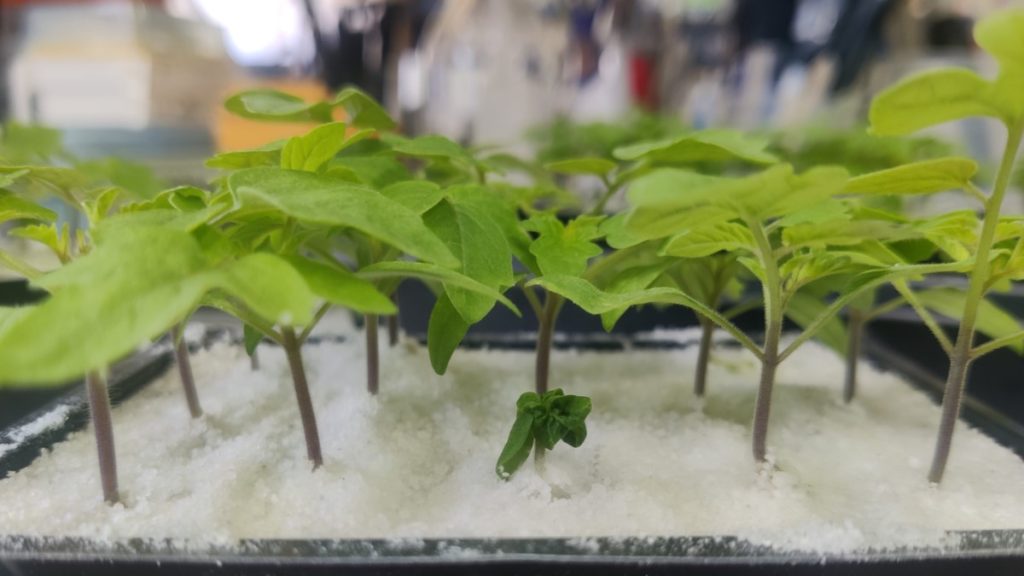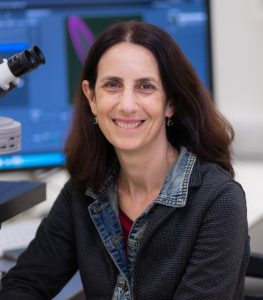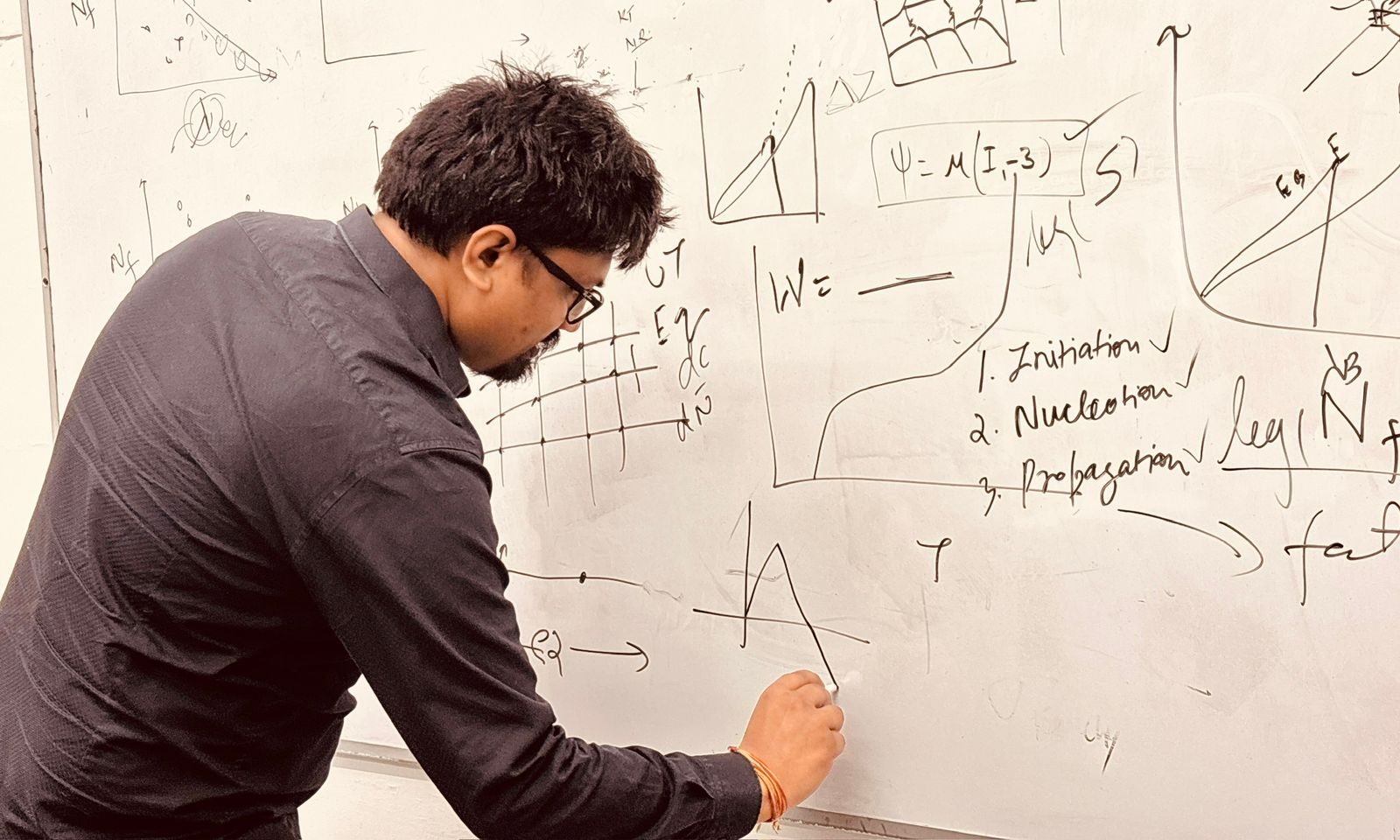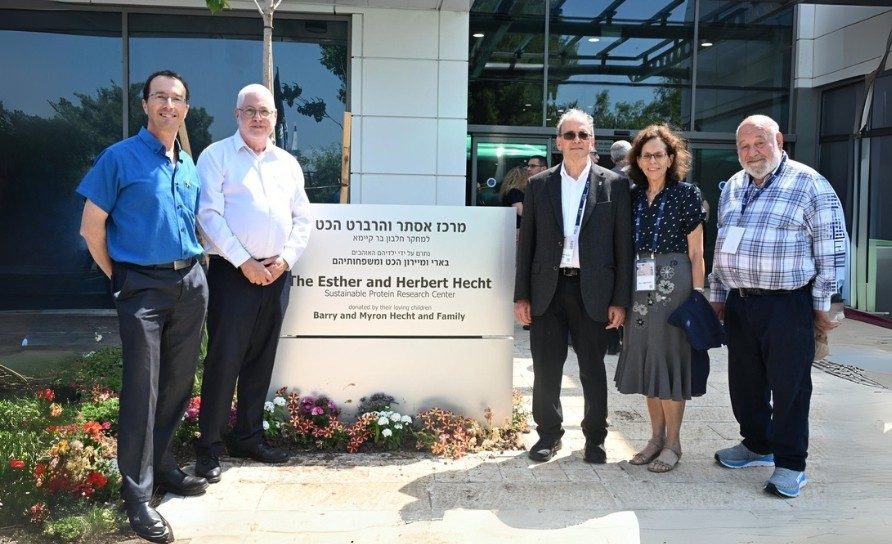Between Mass and Form
Technion researchers present a new perspective on the architecture of plant roots. The research findings could improve agricultural yields in the era of climate change
As climate change puts increasing strain on global agriculture, it’s more important than ever to understand how plants control the growth and function of their root systems.
Led by postdoctoral fellow Dr. Hitaishi Khandal and in collaboration with researchers from MIGAL, the Hebrew University, and Utrecht University, Prof. Sigal Savaldi-Goldstein’s research group in the Technion’s Faculty of Biology has demonstrated how root system architecture is shaped by the distinct yet essential contribution of the shoot and root – mediated through steroidal hormonal signaling.
Plants are coordination experts. The above-ground organs (stems and leaves (shoots)) and below-ground organs (roots) function as an integrated system, exchanging signals, energy, and resources to support growth and survival. One of the essential signals for proper development and plant growth is a steroid hormone known as brassinosteroid (BR). Plants that do not produce BR exhibit various developmental defects, including stunted growth and reduced fertility. Recent studies, including those conducted in Savaldi-Goldstein’s lab, have significantly advanced the molecular understanding of this hormone’s pathway – from the whole-plant level down to individual cells. However, the specific contribution and relative importance of BR activity in shoot versus root – and its implications for root system architecture – have been unclear.
To address this issue, the researchers used micrografting technique, i.e., they swapped shoots and roots from young plants that were genetically distinct – either normal or unable to produce or respond to BR. They then performed an in-depth characterization of the resulting root systems, examining morphology, metabolic profiles, and gene expression patterns. The analyses incorporated electron microscopy, and a dedicated mathematical model developed in collaboration with researchers from Utrecht University. These investigations were conducted in two plant species: Arabidopsis thaliana (a common model organism in plant science) and tomato (to test whether the findings also apply to an agriculturally important crop).

The findings revealed a clear division of labor in BR function between the shoot and the root when it comes to determining root system architecture. BR activity in the shoot is essential for controlling the amount of carbon (in the form of sugars) transported to the roots, thus determining the total mass of the root system. For instance, healthy shoots with active BR signaling could fully restore root mass even when the roots originated from BR-deficient genetic backgrounds. BR activity within the roots plays a different role: it determines root cell geometry and growth direction, influencing how carbon is distributed along the root and regulating cell wall thickness (where carbon is stored).
To further explore these insights, the Technion team in collaboration with the Utrecht University research group developed a simulation model named “grow and branch,” which integrates the distinct hormonal control effects in the shoot and root. It demonstrates that combining the shoot’s role (carbon availability) with the root’s role (growth orientation) is sufficient to explain the root system’s architecture. Moreover, the model successfully predicts the root architecture observed in wild-type plants, BR mutants, and various graft combinations in both plant species, making it a valuable tool for linking molecular activity to root system architecture.
This interdisciplinary approach sheds new light on the role of hormonal signaling in plant development, deepens our understanding of root system formation, and offers new avenues for optimizing crop root systems, like the control of mass and form, to meet challenging environmental conditions.
This research was supported by the Israel Science Foundation (ISF).
For the full article: https://www.nature.com/articles/s41467-025-59202-6





